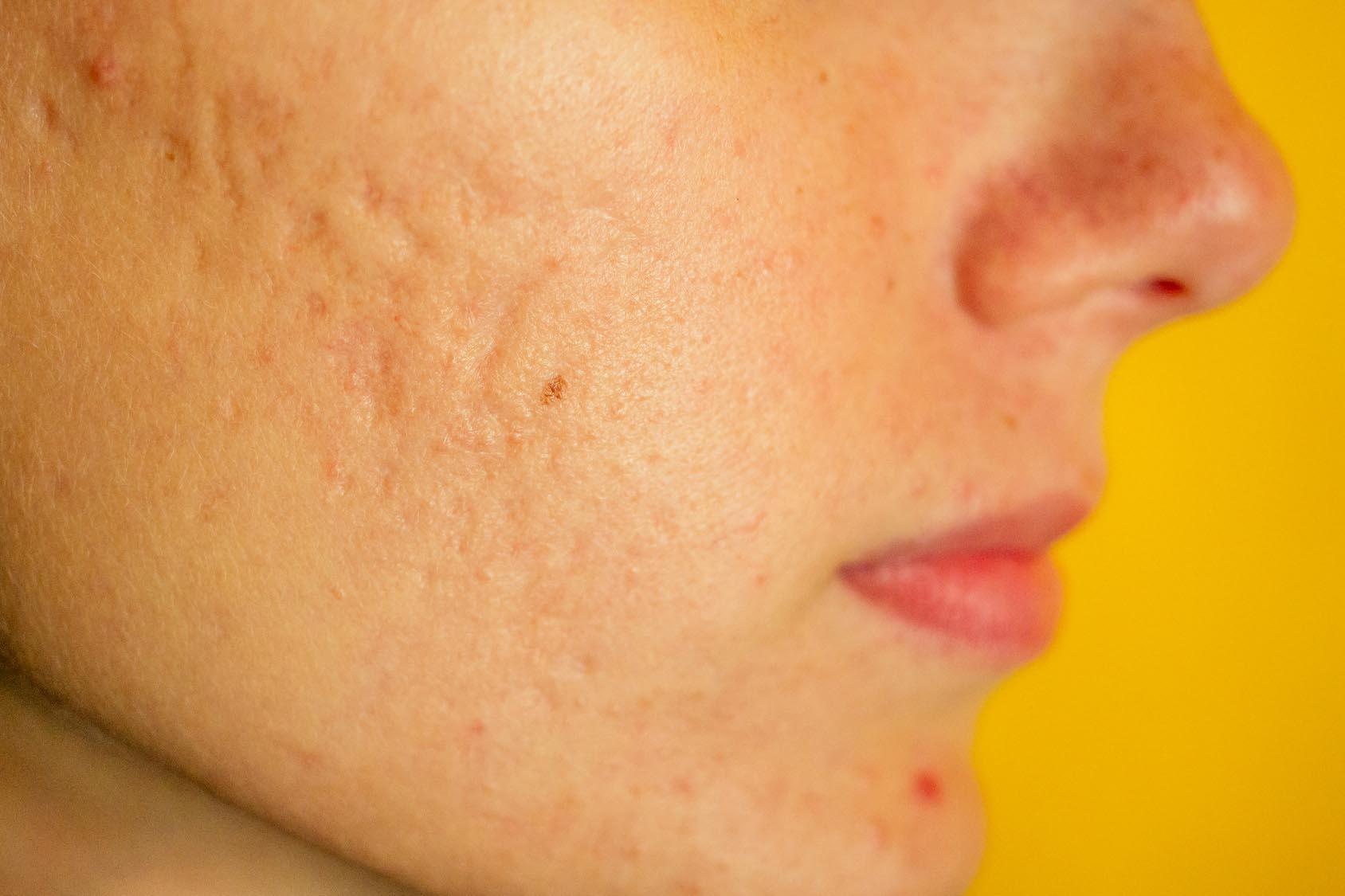• Pubertal changes
• Immune reaction
• Clinical relevance
What is already known on this topic
Acne occurs in 44–95% of teenagers of different ethnic backgrounds, and its spontaneous remission occurs in up to 50% of affected people. During puberty, increased levels of androgenic hormones enhance the production of sebum, leading to a shift in the skin microbiota. But little is known about how acne develops and resolves.What this research adds
Researchers reviewed the available literature on acne and proposed that the condition is a transient inflammatory interaction of teenager facial skin with its new microbial environment, which is dominated by Cutibacterium acnes bacteria.Conclusions
Understanding the mechanisms that initiate, resolve, or perpetuate acne could inform the development of better treatments.
Acne occurs in 44–95% of teenagers of different ethnic backgrounds, and its spontaneous resolution occurs in up to 50% of affected people. But little is known about how acne develops and resolves.
Andrea Szegedi and her colleagues at the University of Debrecen, in Hungary, reviewed the available literature on acne and proposed that the condition is caused by a transient inflammatory interaction of teenager facial skin with its new microbial environment, which is dominated by Cutibacterium acnes bacteria.
Pubertal changes
Bacterial colonization of our skin begins immediately after birth. During the first year of life, the appearance of regulatory T cells helps the skin immune system to tolerate changes in microbiota populations. This leads to a homeostatic dialog between the microbiota and the skin immune system.
During puberty, increased levels of androgenic hormones enhance the production of sebum—especially on the face, scalp, and upper back—leading to a shift in the skin microbiota composition. The new microbiota of these areas is characterized by high levels of Cutibacterium bacteria, including Cutibacterium acnes, and Corynebacterium such as Corynebacterium simulans.
Immune reaction
Experiments in mice have shown that even a brief encounter with a new commensal on the skin can trigger an accumulation of immune cells that produce pro-inflammatory molecules such as IL-17 and interferon-γ.
C. acnes is known to initiate inflammatory events in cells grown in a dish, and, in response to this bacterial strain, human cells have been shown produce inflammatory molecules. What’s more, acne development is associated with the presence of C. acnes in skin samples from people, and high levels of sebum appear to be essential for the bacterium to initiate inflammation.
Based on these findings, the researchers hypothesized that the changes in the microbiota composition of the face, scalp, and upper back skin during adolescence, together with an increased sebum production, could result in an inflammatory response that leads to acne.
Clinical relevance
After adolescence, the skin immune system tries to re-establish homeostasis by recognizing the new microbial environment as harmless. This might lead to the spontaneous remission of acne. However, the researchers say, several events—including reduced sebum, changes in the composition of C. acnes strains, and the regulation of the skin immune system—could influence acne resolution.
From a clinical perspective, understanding the mechanisms that initiate, resolve, or perpetuate acne could inform the development of better treatments, the researchers say.











